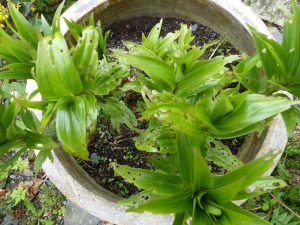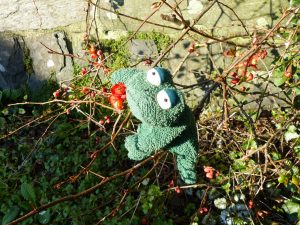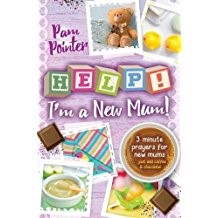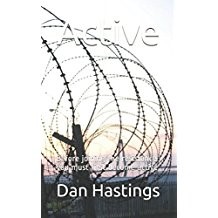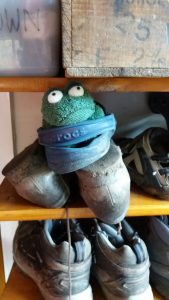‘No-one is born with prejudice,’ announced a headline in the i.
No-one is born with a sense that they are inferior. This is something acquired from the way they have been treated.
If you’re told often enough that you’re rubbish at something, or hopeless, or incompetent, then you probably believe it.
If the important people in your life make you feel bad about yourself, it will take a lot of love and trust from someone special to help you become the person you were always meant to be.
Some people grow up with hidden gifts for music, art, an ability with science or language, to name a few. We all need encouragement to bring our particular gift to fruition.
It may take years of struggle and work before we can say, ‘This is the real me. This is what I am like.’
So… do you feel like learning to play the mandolin?
Do you want to paint a decent picture?
Are you longing to write a book that people want to read?
Be inspired by 90 year old Priscilla Sitienei, is a former midwife, who enrolled in primary school in Kenya, and learnt along with 6 of her great-great-grandchildren. ‘I want to inspire children to get an education,’ she said.
Secretly longing for something more adventurous?
 Everest at 65? A marathon at 71, and a 156-mile run across the Sahara desert?
Everest at 65? A marathon at 71, and a 156-mile run across the Sahara desert?
That’s Sir Ranulph Fiennes for you.
Fiennes is a great inspiration for the senior adventurer because he doesn’t make it look too easy.
Heart surgery, diabetes, frostbite and bereavement, he’s had the lot.
He proves that you can keep achieving even if health and family life don’t give you a smooth ride.
How about something more creative?
Daniel Defoe wrote Robinson Crusoe, his first novel and perhaps the first-ever modern novel, at age 60.
Mary Wesley wrote 10 bestsellers including The Camomile Lawn, after she was 70.
So go for it. Yes, practice does make perfect. Read between your own lines. Take George Eliot’s words to heart:

